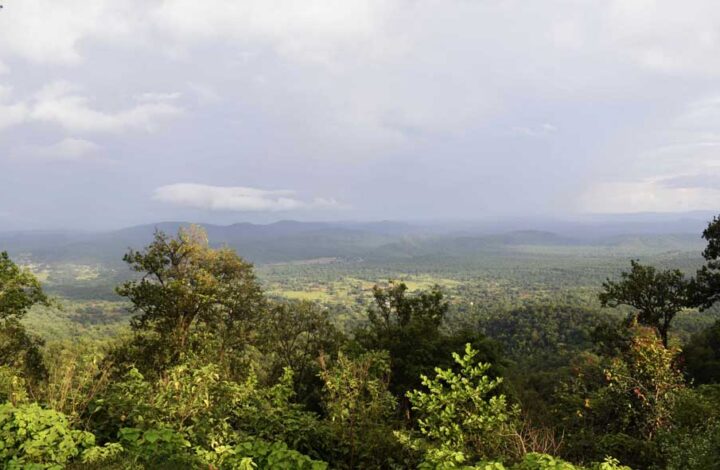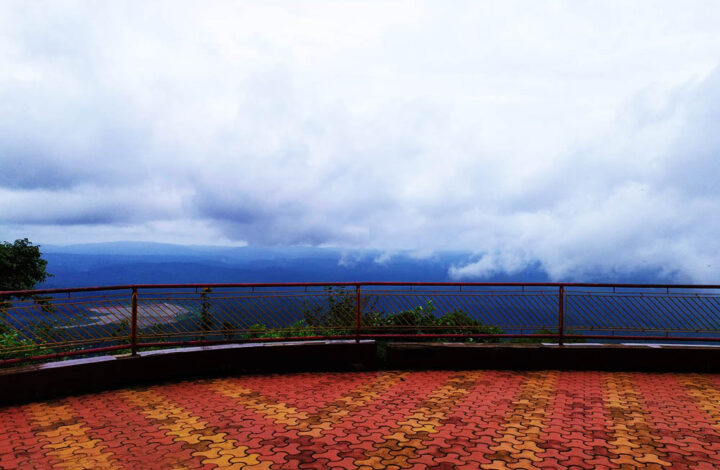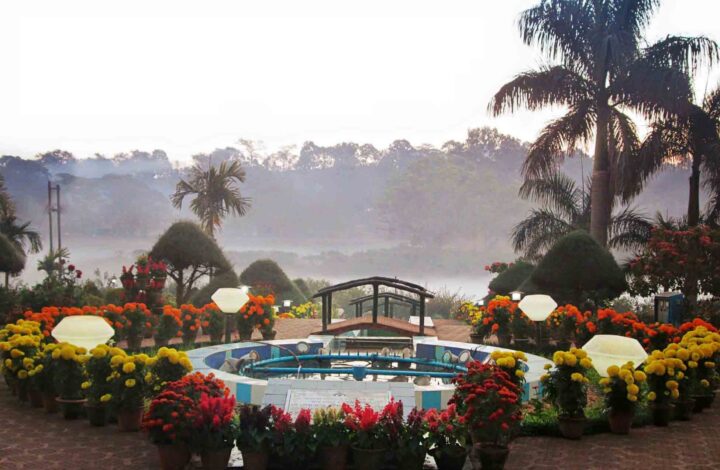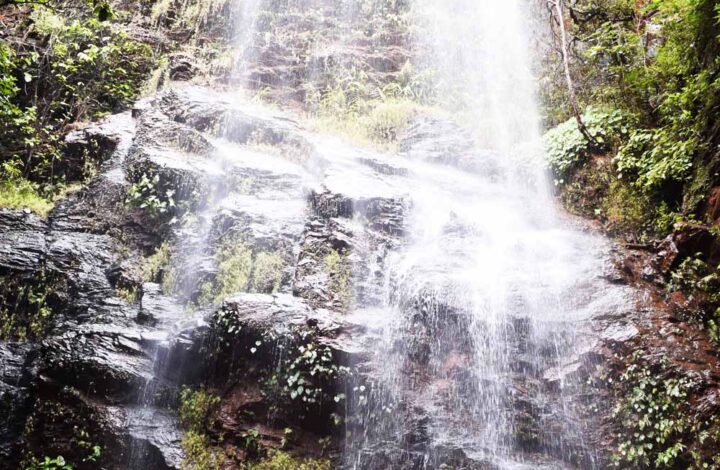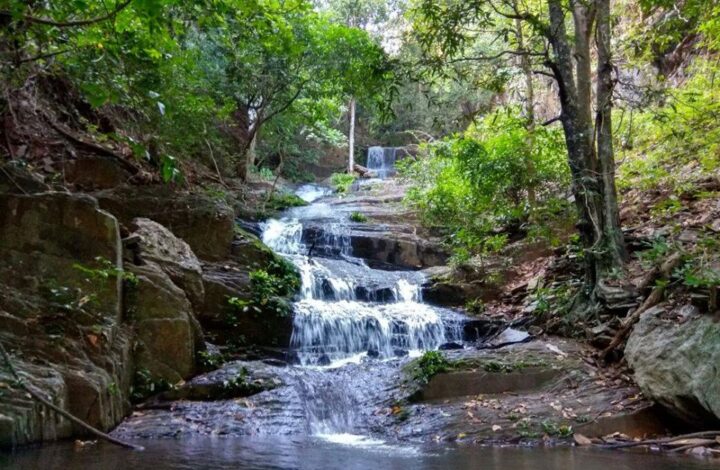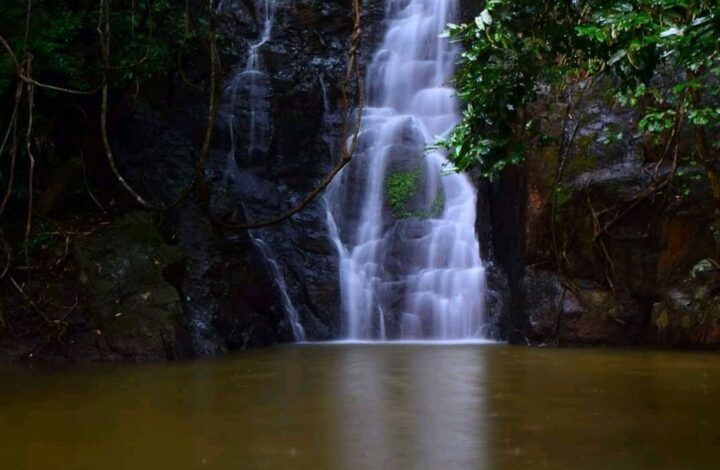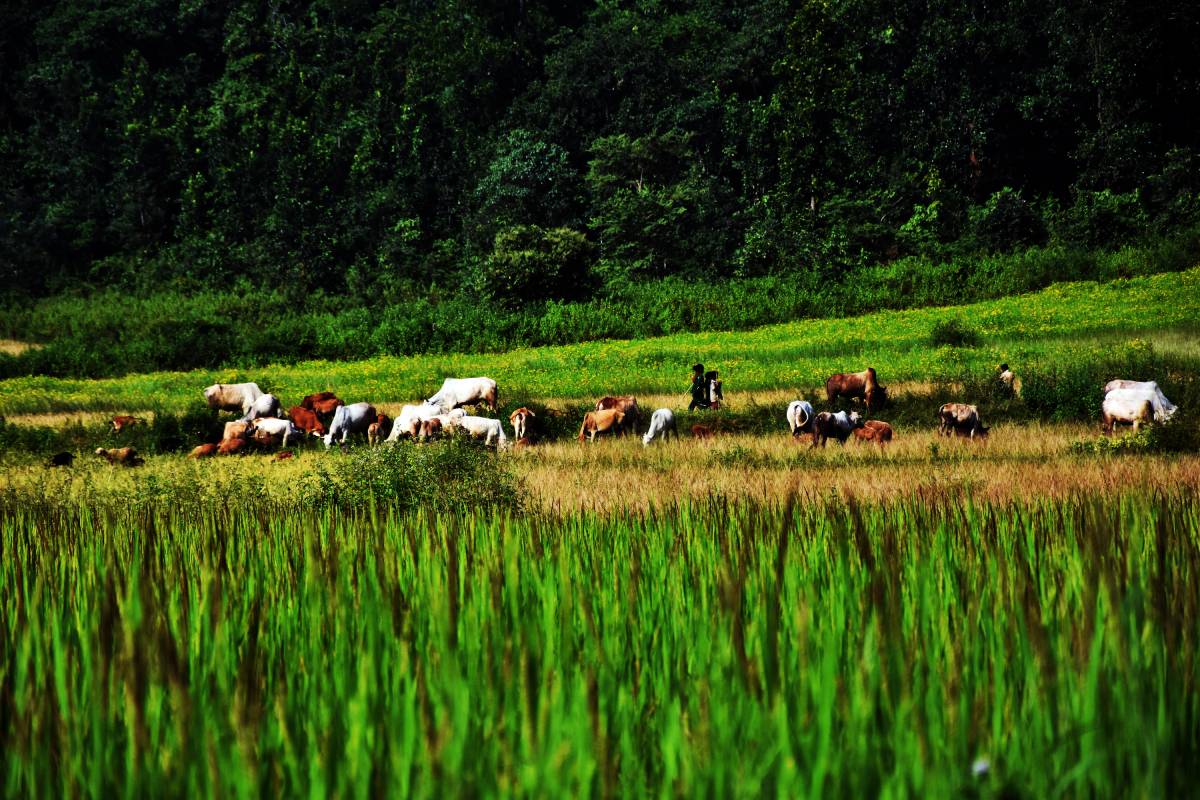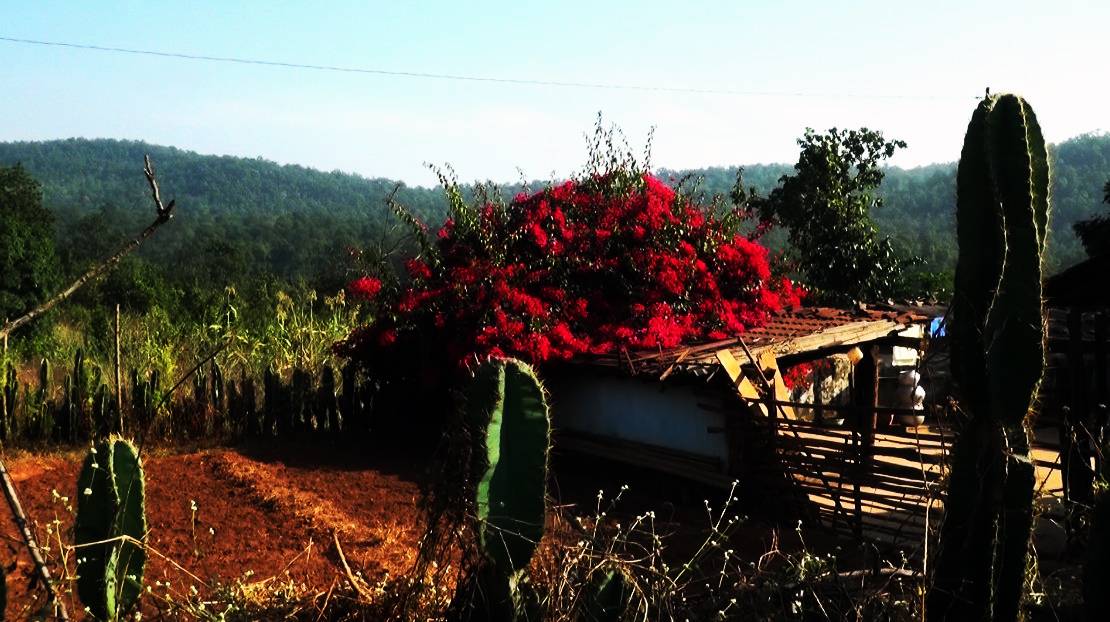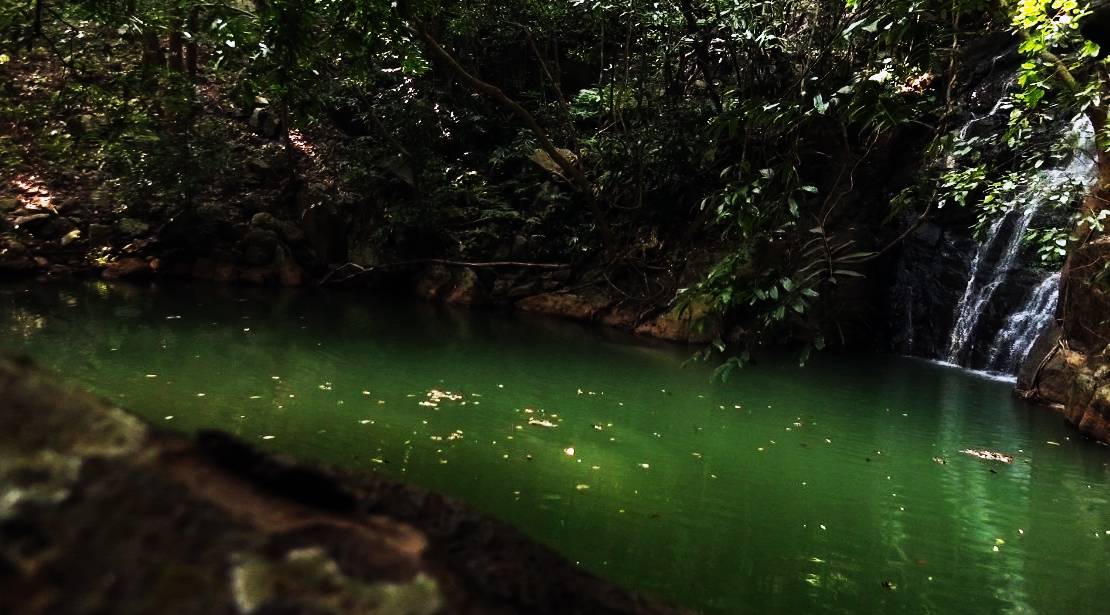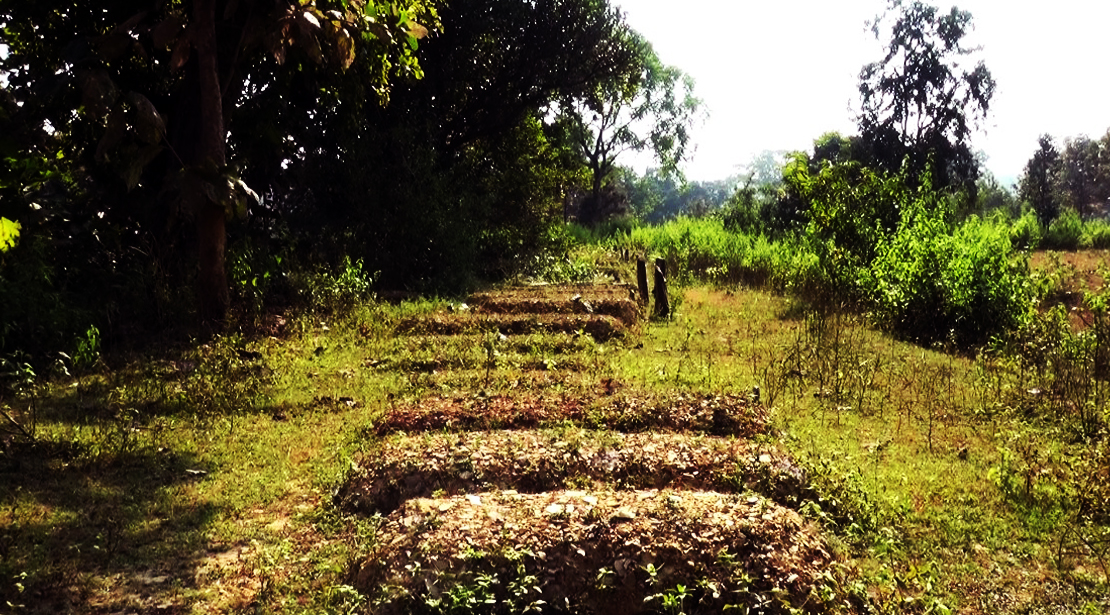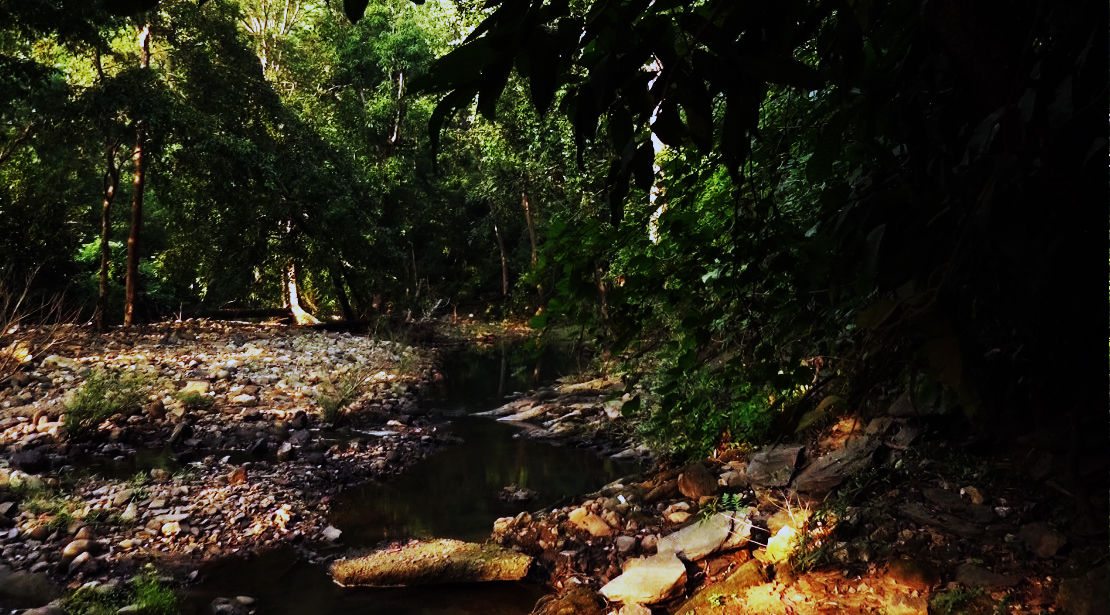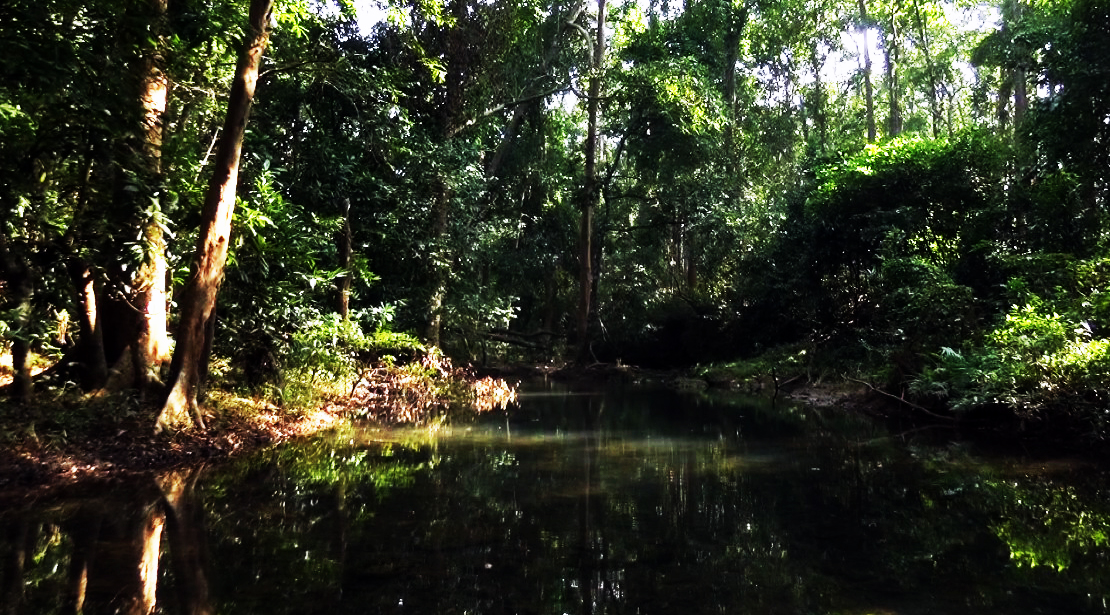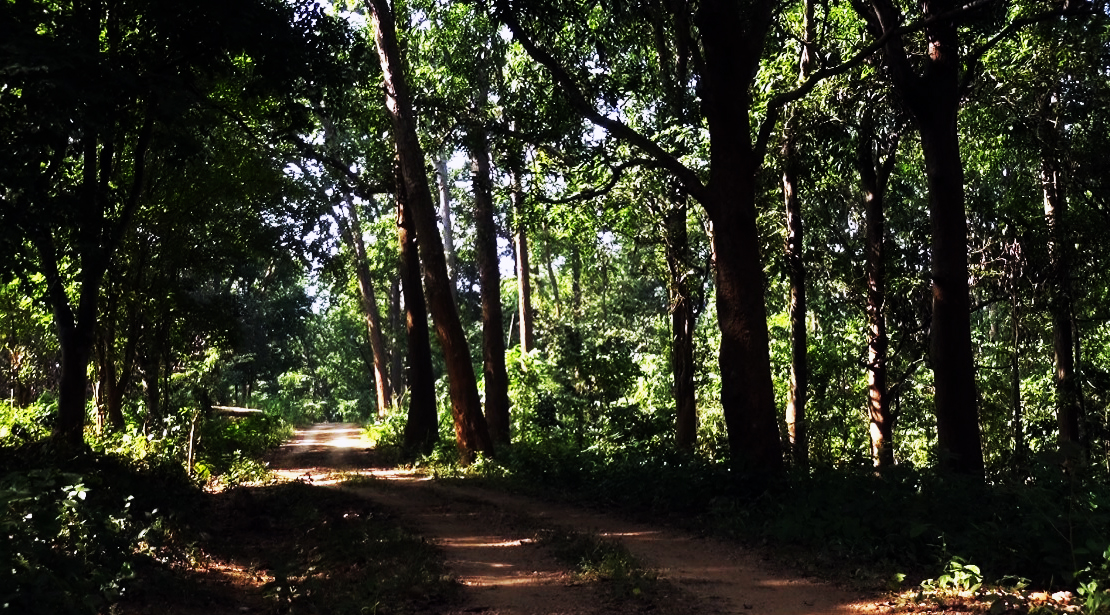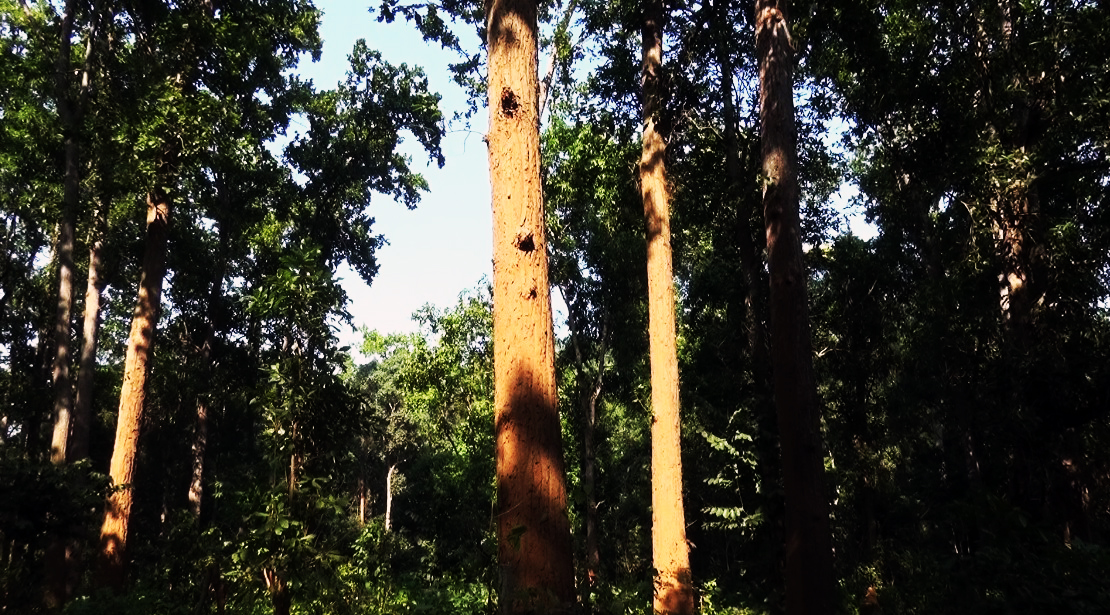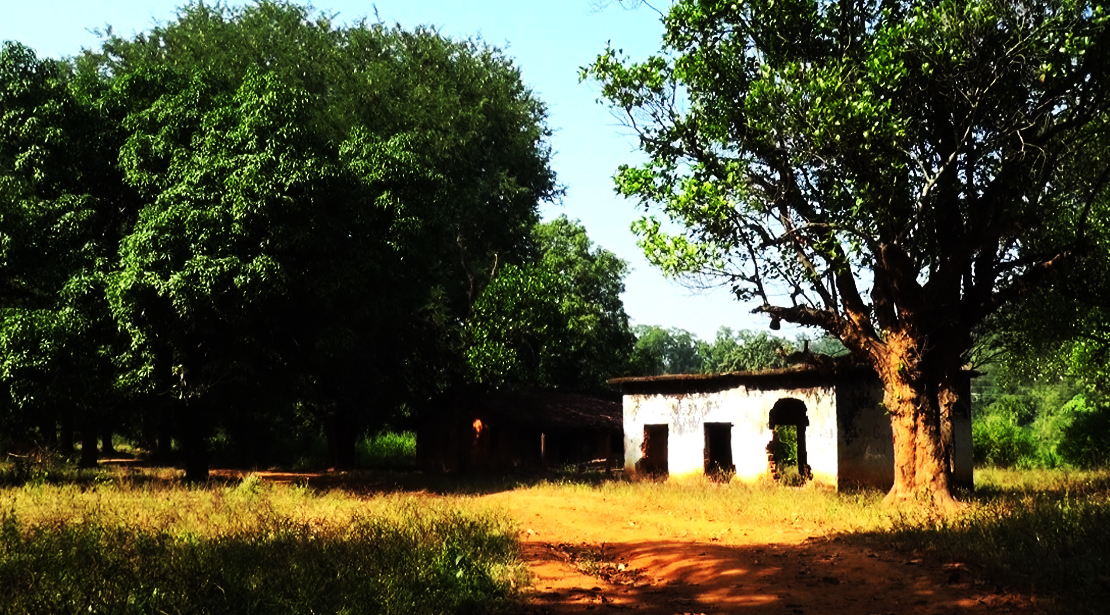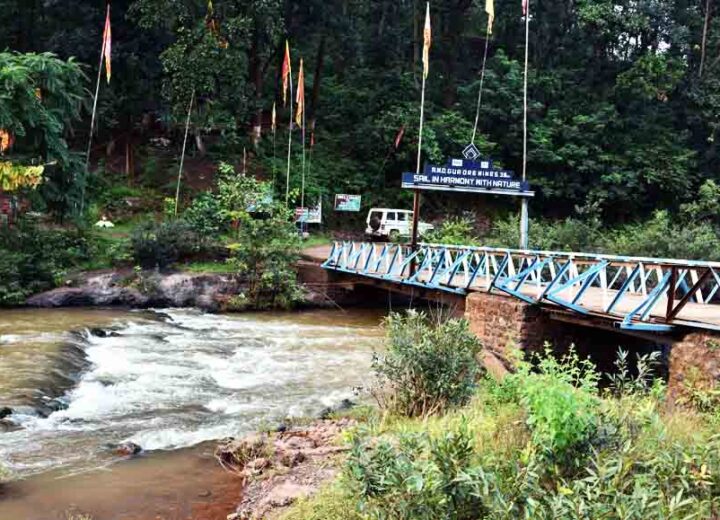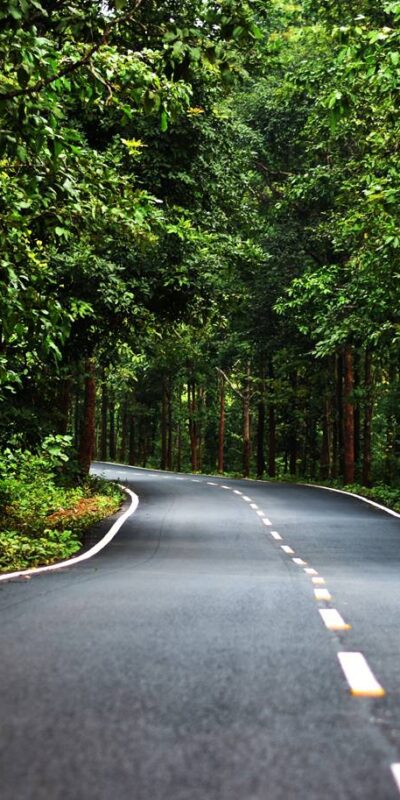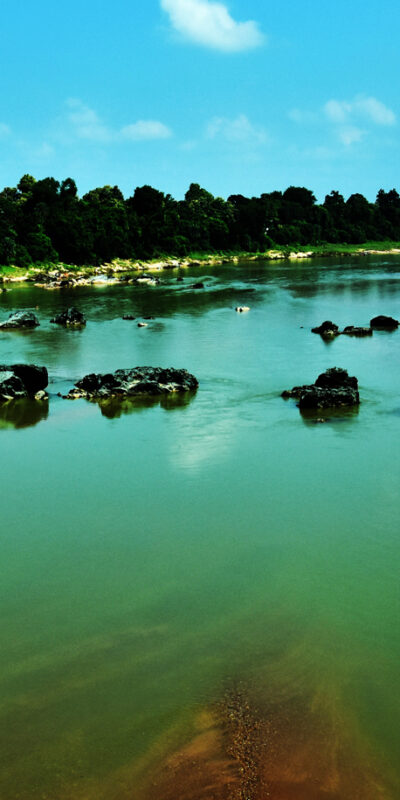“The vicinity, the beautiful cliff and undulating terrain under the feet, the shroud of emerald greens, the eyes reflecting the glittering sunshine of the rising sun, the ears filled with the humming of birds and gurgling of water racing in meandering live streams, the nose breathing fresh cool air, the energy of nature at its work, where darkness rules in the middle of the day, where the power of logic vanishes to differentiate between reality and imagination, when you lost in infinite in adoring the beauty of nature then you must be in the kingdom of Sal Forest in Saranda.”
Third Highest peak of Jharkhand
The forest of Saranda is the most exquisite gift of the nature

HOW TO REACH
 Saranda Forest is about 80 Kms from Chaibasa and is well connected from Ranchi and Jamshedpur.
Saranda Forest is about 80 Kms from Chaibasa and is well connected from Ranchi and Jamshedpur.
WHEN TO COME
 Best time to visit is October to March.
Best time to visit is October to March.
July, August and September is the monsoon season and the area at its best greenery during these period and you can enjoy the showers of monsoon.
WHERE TO STAY
 Accommodation Facilities provided by Saranda Forest Division
Accommodation Facilities provided by Saranda Forest Division
DISTANCE BY AIR

Birsa Munda Airport Distance is : 200 Kms away from Saranda Forest
BY RAIL
 Rourkela: 60Km.
Rourkela: 60Km.
Jamshedpur: 170 Kms.
Nearest Railway Station is Bada Jamada, Barbil and Manoharpur, these are well connected by Major railway station such as Jamshedpur and Rourkela.
BY ROAD
 Direct bus links to / from Jamshedpur, Ranchi and Chaibasa. for Saranda Forest
Direct bus links to / from Jamshedpur, Ranchi and Chaibasa. for Saranda Forest
OUR FAVORITE PLACES
Check out now our best attractions
FOREST TYPES
The Salt Forest of Saranda Division Conform Broadly to Champion Seth and they are
LANDSCAPE INTEGRITY
The area is a part of Chhotanagpur bio-geographic zone and the landscape merges with forests of Odisha and Chhattisgarh
LIVELIHOOD
The forests of Saranda supports a large number of people especially those from some primitive tribes community.
CULTURAL AND AESTHETIC VALUE
Nearly 80% of the human population of this region belongs to tribal communities of Ho, Munda, Uraon
HYDROLOGICAL VALUE
There are two main drainage systems in this division divided by a watershed of over 610 meters
LATEST NEWS & EVENTS
Check out our latest news & events
OUR GUESTS LOVE US
What our guests are saying about us
Nice Place
Fantastic location in a historic renovated in the heart of the Jharkhand. Staff were helpful and knowledgeable and everything in easy walking distance.
Perfect
The owner and staff were extremely helpful and kind and took time to ensure that we had extra information on things to do in the area and places to visit.
Good Choice
Extremely nice environment of SARANDA FOREST , the room was great, the service was awesome, really helpful and great service I'll visit them again in the near future.

